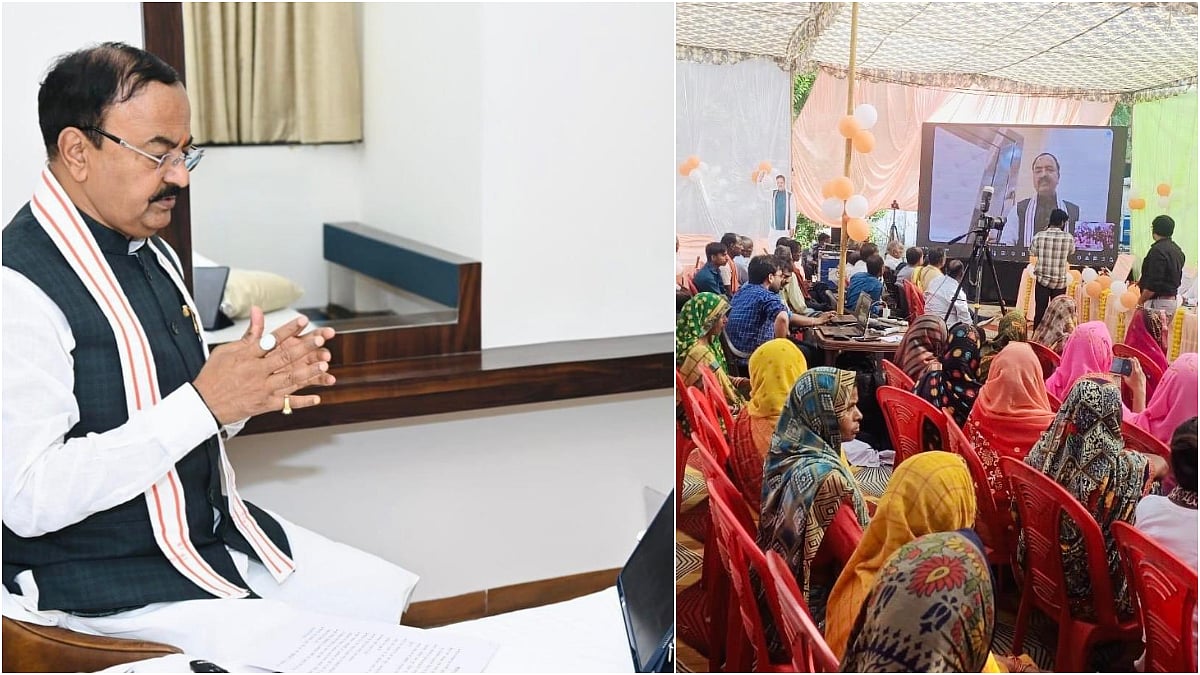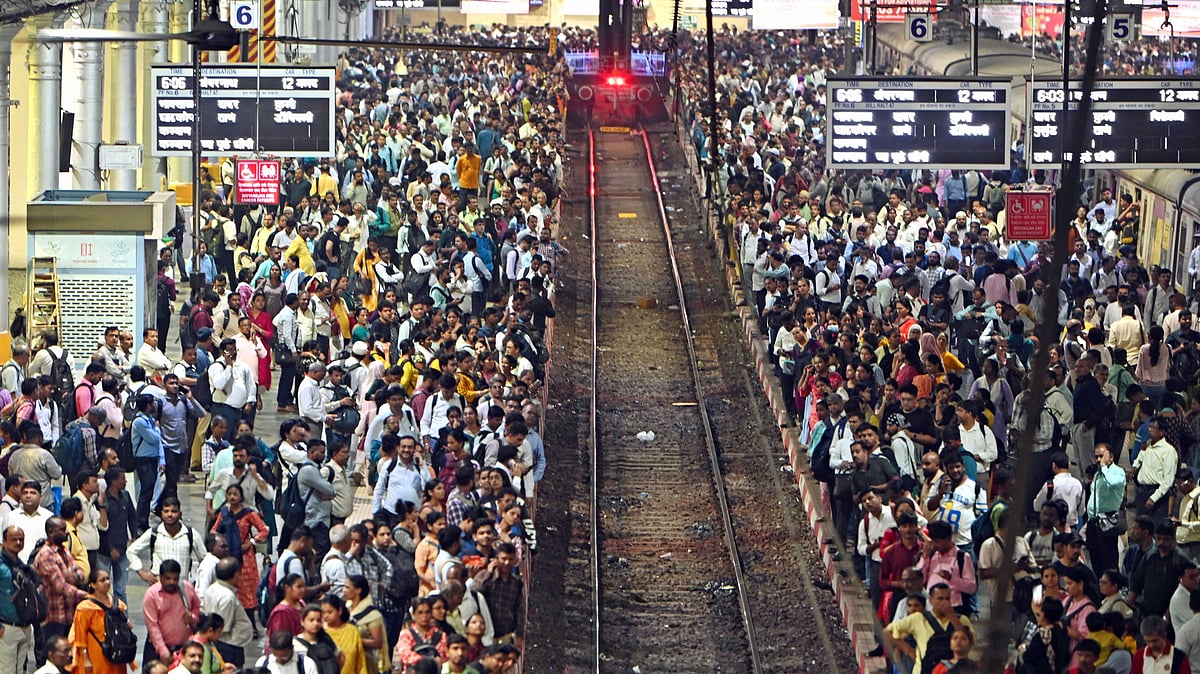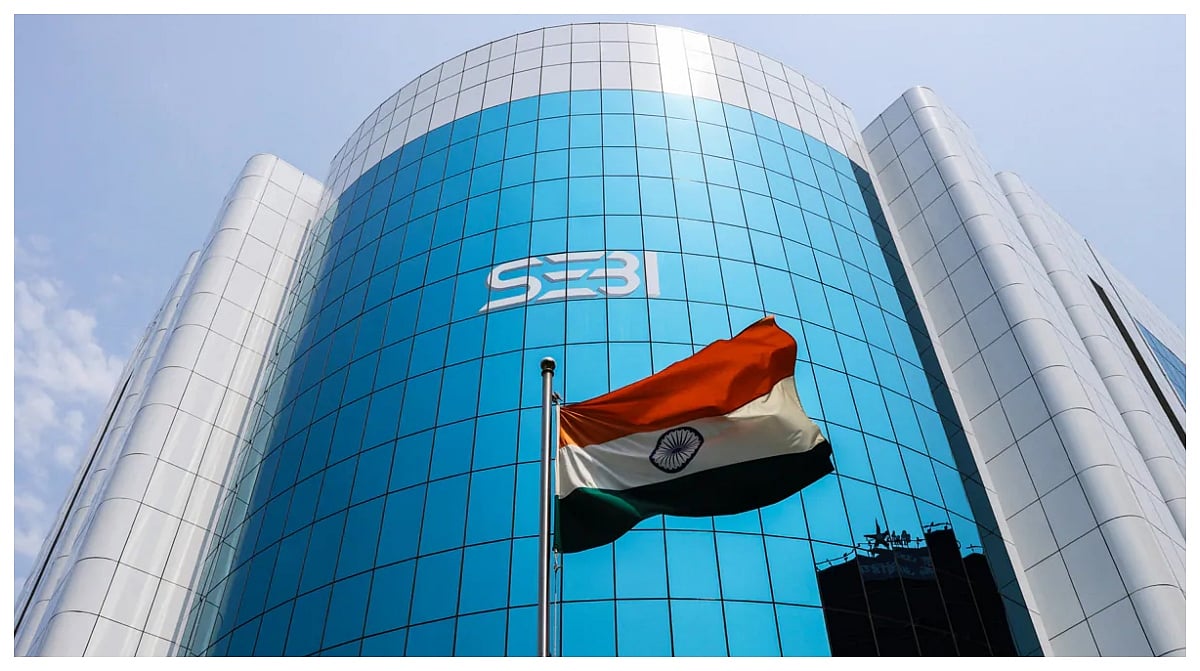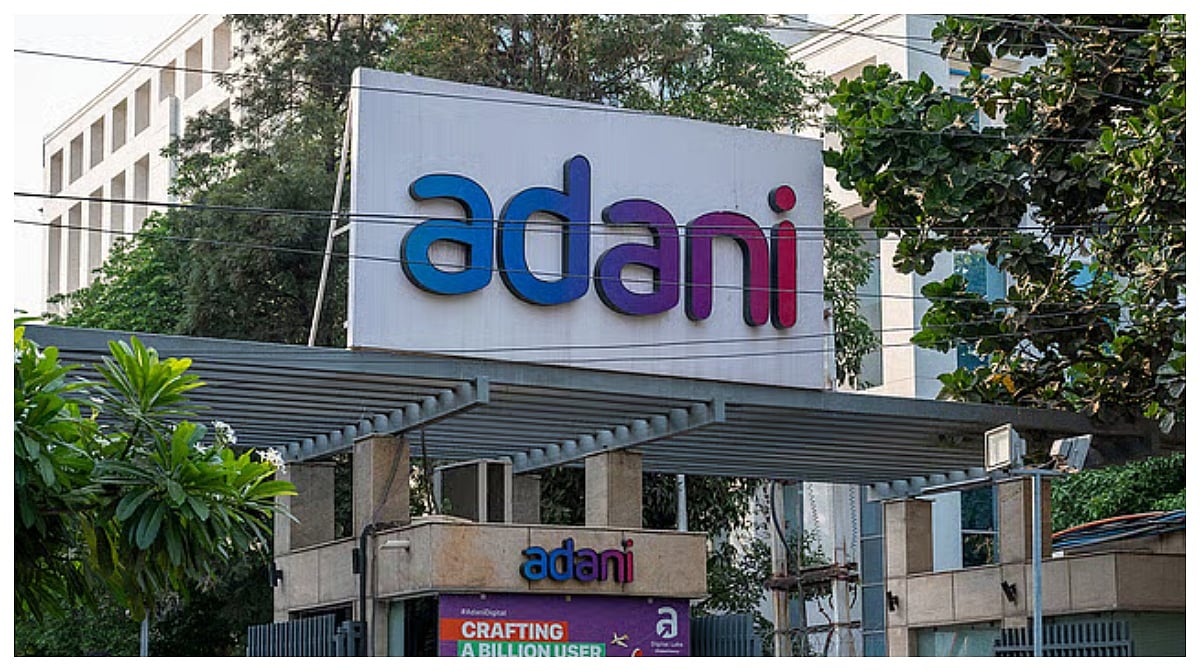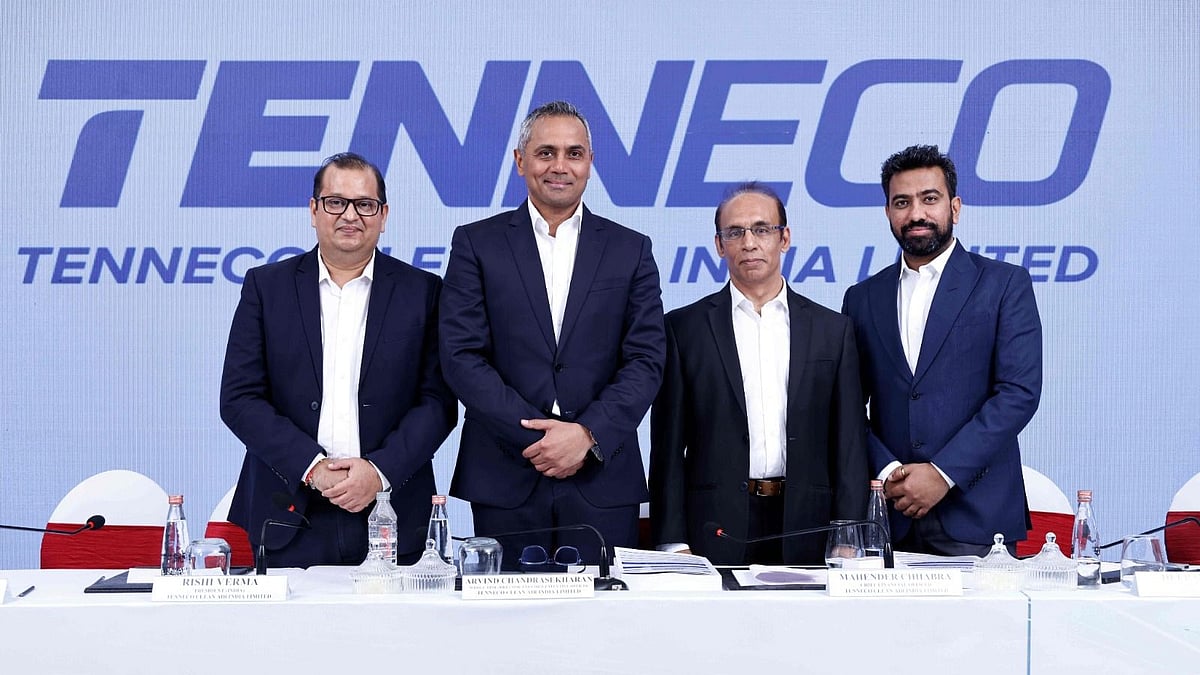Mumbai : India’s Goods and Services Tax (GST) regime is one of the most complex with the second highest tax rate in the world among a sample of 115 countries which have a similar indirect tax system, the World Bank said in its report.
Launched on July 1, 2017, the Indian GST system currently has 4 non-zero GST rates (5, 12, 18, and 28 per cent) — only four countries apart from India have a four-slab tax structure, apart from the zero rate.
The countries that use four or more rates of GST include Italy, Luxembourg, Pakistan and Ghana.
“Most countries around the world have a single rate of GST while 49 countries use a single rate, 28 use two rates, and only 5 countries including India use four rates. Thus, India has among the highest number of different GST rates in the world,” the World Bank said in its India Update report published on Wednesday.
In addition to the number of rates, the extent of exemptions and sales at a zero rate is a critical design parameter for a GST.
While exemptions allow to ease the tax burden on items with a high social value, such as healthcare, they also reduce the tax base and compromise the logic of the GST as they can: reintroduce cascading where an exempted good or service is an input into another taxable good or service; create incentives for vertical integration to keep the exempt status; and raise compliance costs by making it necessary to allocate input taxes between exempt and non-exempt output when manufactured or traded together.
In contrast to other GST design parameters, comparing the prevalence of exemptions across countries is challenging.
This is because the impact of declaring various goods as zero-rated does not only depend on the number of products exempt, but also on the revenue generated from each product, the Bank said.
However, the Bank said the introduction of the GST is having a far-reaching impact on reducing tax related barriers to trade barriers which was one of the primary goals of the introduction.
Logistics companies are reporting that trucks now cover an additional 100-150 km per day after GST an increase of up to 30 per cent.112 logistics companies are also consolidating their existing fragmented set of small warehouses in each state, now that the GST has removed state imposed barriers thereby increasing their efficiency113.
However, the introduction of the “e-way bill” may result in some fresh barriers to the free movement of goods in the form of road inspections to verify the goods being transported.

